Ultimate Guide to Safest Motorcycle Helmet
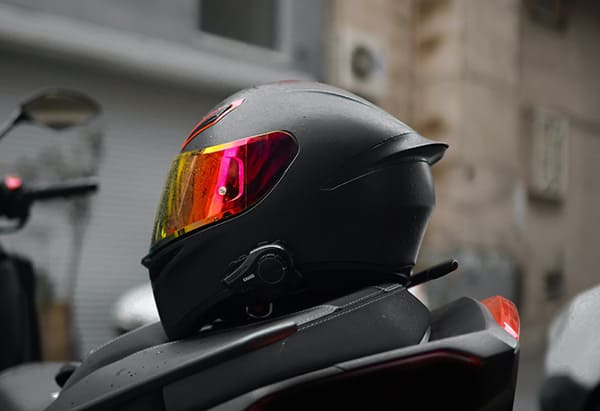
When it comes to motorcycle safety, your helmet is quite possibly the most vital piece of gear you can own. In the unfortunate event of an accident, the right helmet can be the difference between a minor headache and life-altering injuries, or worse, death. Therefore, investing in the safest motorcycle helmet is a non-negotiable aspect of responsible riding. In this comprehensive guide, we will explore the importance of finding the safest motorcycle helmet that suits your needs. We’ll delve into various factors to consider and debunk common myths, so you could make an informed decision.
Motorcycle Helmet Safety Standards
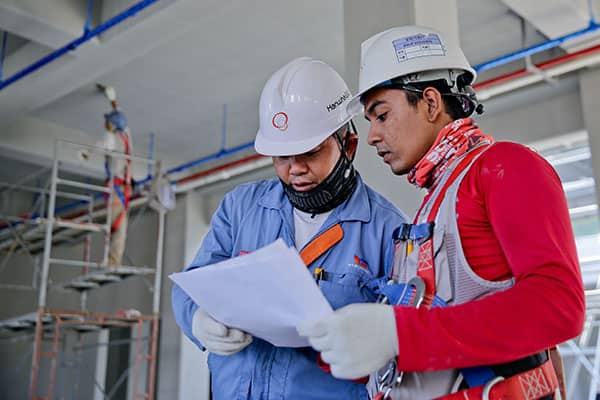
Before exploring the safest motorcycle helmets, it’s essential to understand the safety standards set by different organizations worldwide, as they play a crucial role in helmet safety.
| Standard | Description |
|---|---|
| DOT Standard | The DOT (Department of Transportation) standard is a self-regulated guideline for helmet manufacturers in the United States. Helmets must meet DOT standards to be legal in the US. |
| Snell Standard | The Snell Memorial Foundation provides a rigorous impact replication test with two strikes to the same spot to determine helmet safety. Snell-certified helmets are highly regarded. |
| ECE Standard | The ECE (Economic Commission for Europe) standard is common in Europe and the second most common in the US. ECE-certified helmets undergo thorough tests conducted by third-party labs. |
| FIM Standard | The FIM (International Motorcycling Federation) standard, FRHPhe-02, includes rigorous tests to ensure helmets can withstand impacts. It becomes mandatory for FIM competitions in 2026. |
| SHARP Standard | The SHARP (Safety Helmet Assessment and Rating Programme) standard provides a comparative rating system for motorcycle helmets, indicating their level of protection in accidents. |
The Role of Helmet Material in Safety
The materials used in a helmet’s construction play a significant role in its safety. Helmets are typically made from polycarbonate, fibreglass, or a composite of fibreglass and other fibers. Each material has its strengths and weaknesses regarding impact absorption and distribution.
- Polycarbonate Helmets – Polycarbonate is a less expensive material commonly used in budget helmets. While not as strong as fibreglass or composite materials, polycarbonate helmets can still offer substantial protection and meet safety standards.
- Fibreglass Helmets – Fibreglass helmets offer superior protection compared to polycarbonate helmets. Upon impact, fibreglass doesn’t just crack; it shatters into small fragments, dispersing the force over a larger area before reaching the EPS lining.
- Composite Helmets – Composite helmets, made from a blend of fibreglass and other materials such as Kevlar and carbon fibre, are considered the safest. These helmets combine the strengths of each material, resulting in a lightweight, durable helmet that excels at force dispersion and absorption.
Additional Safety Features
While the primary purpose of a helmet is to protect your head, certain additional features can enhance your safety on the road. Consider the following options when searching for the safest motorcycle helmet:
- Visor and Eye Protection – Choose a helmet with a clear, scratch-resistant visor that offers a wide field of vision. Some helmets also come with built-in sun visors to provide added protection against glare.
- Impact-Reduction Technology – Advanced helmet designs may incorporate features such as Multi-directional Impact Protection System (MIPS) or similar technologies. These systems aim to reduce rotational forces that can cause brain injuries during certain types of impacts.
- Reflective Elements – Helmets with reflective elements improve your visibility, especially during nighttime or low-light conditions. This added visibility can help other drivers spot you more easily.
- Emergency Release System – Some helmets feature an emergency release system that allows medical personnel to safely remove the helmet in case of an accident, minimizing the risk of further injury.
Safest Option & MIPS Technology

Full-face helmets offer the most protection among all types of helmets. They cover the entire head, including the base of the skull and the chin, areas often exposed in other helmet types. While they might feel more restrictive compared to open-face or half-helmets, the safety benefits significantly outweigh any perceived discomfort or loss of freedom.
MIPS, or Multi-directional Impact Protection System, is a safety technology used in motorcycle helmets among other types. It aims to reduce the transfer of rotational motion to the brain in the event of an impact. This is achieved through a low friction layer inside the helmet that can move in multiple directions, allowing for a sliding motion of 10-15mm during angled impacts. This mechanism mimics the brain’s own protective system, limiting the brain’s exposure to harmful rotational forces during an accident.
MIPS technology is effective during a rapid impact, lasting 5 to 10 milliseconds, and continues to protect the brain even under high pressure. It’s an important innovation because the brain, being similar to water in its shear properties, cannot be compressed, and exposure to rotational forces can lead to severe traumatic brain injuries.
Debunking Common Myths about Motorcycle Helmets

With numerous misconceptions surrounding motorcycle helmets, it’s important to separate fact from fiction. Let’s address some common myths and provide the correct information:
Myth 1: Helmets Restrict Visibility
Contrary to popular belief, modern motorcycle helmets offer excellent visibility. Manufacturers take great care to design helmets with wide visor openings and minimal obstructions to ensure a clear line of sight. Additionally, helmet visors are often treated to reduce glare and enhance visibility in various lighting conditions. It’s important to choose a helmet with a well-designed visor that provides an unobstructed view of the road ahead.
Myth 2: Helmets Cause Neck Injuries
Another common myth suggests that helmets can cause neck injuries due to their weight. However, this is not accurate. Research studies have shown that helmets distribute the force of impact evenly, reducing the risk of neck injuries. It’s essential to select a helmet that fits properly and is within your comfort range in terms of weight. A well-fitted helmet will not strain your neck muscles and will provide optimal protection without causing unnecessary discomfort.
Myth 3: Helmets Are Uncomfortable
Some individuals believe that helmets are inherently uncomfortable to wear, especially during long rides. However, this misconception stems from outdated helmet designs. Modern helmets are engineered with ergonomics and comfort in mind. They incorporate features like advanced ventilation systems, moisture-wicking liners, and adjustable padding to enhance overall comfort. By choosing the right helmet size and model, you can find a helmet that fits snugly and provides long-lasting comfort, making your rides enjoyable and safe.
Safest Motorcycle Helmets in 2023
Shoei RF-1400
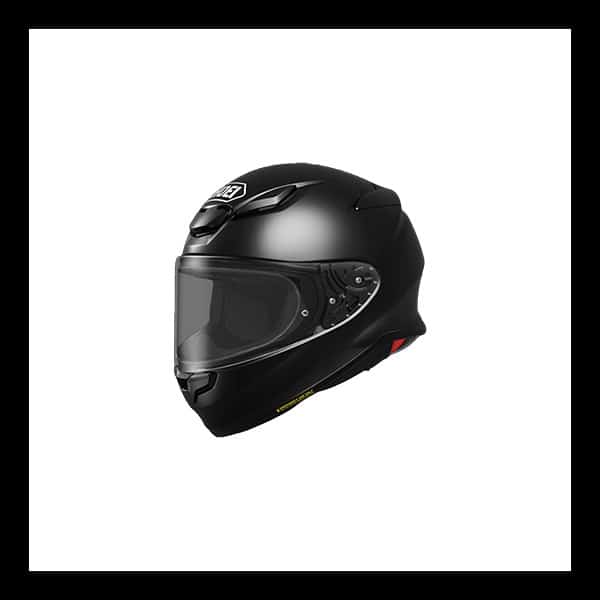
The Shoei RF-1400 is the latest addition to Shoei’s popular RF line of motorcycle helmets. This helmet boasts superior aerodynamics, ventilation, noise reduction, and overall quality compared to its predecessor. The RF-1400’s compact, aerodynamic shell is the lightest SNELL-approved full-face helmet in Shoei’s lineup. It’s equipped with an airtight window beading system and voluminous cheek pads for noise reduction, and a 3D Max-Dry Interior System II for sweat dissipation. The helmet also features a new CWR-F2 base plate system for quicker shield changes, and a ventilation system with three channels and six entryways for optimal comfort. Its proprietary shell and EPS liner construction effectively absorb impacts, meeting SNELL M2020 and DOT ratings.
You can check out the Prices here.
Arai Corsair-X
The Arai Corsair-X is another high-end motorcycle helmet that is often compared with the Shoei RF-1400. Some riders prefer the fit of the Arai Corsair-X on the track over the Shoei X-Fourteen, as it is reportedly more rounded and sits further away from the mouth/chin area. Arai, like Shoei, is a Japanese helmet manufacturer that prioritizes safety and exceeds the requirements set by the SNELL and Department of Transportation (DOT). Interestingly, Arai helmets tend to be slightly lighter than Shoei’s, which could be a deciding factor for some riders. It’s important to note that Arai uses fiber reinforced plastic (FRP) shell and expanded polystyrene inner liner, which has been the standard for helmet manufacturing for the past 60 years.
You can check out the Prices here.
Bell Star DLX MIPS
The Bell Star DLX MIPS is a state-of-the-art motorcycle helmet known for its safety, aerodynamics, and comfort. This helmet boasts a massive viewport and ProTint photochromic shield, making it a strong competitor for the ultimate touring helmet title. Although features like ventilation and eyeglass channels are average, its sleek design and snug yet comfortable fit compensate for these. The DLX MIPS has a smaller, streamlined profile which is specifically designed for an upright riding position. The helmet comes in six shell and EPS sizes, thus ensuring each size has a separate shell and EPS. It also includes a race-fit feature which may feel snug initially but can be customized with extra pads provided in the box, enhancing comfort for all types of riders. This helmet is recognized for being lightweight, extremely functional, and aesthetic appeal.
You can check out the Prices here.
HJC i10
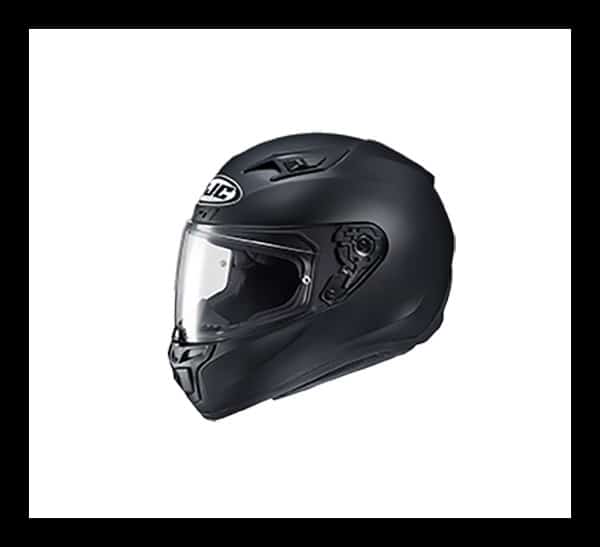
The HJC i10 is a budget-friendly sports helmet known for its comfort and superb ventilation, particularly across the top and crown of the head, making it suitable for extended hours of riding. It carries the Snell M2020 certification, making it fully track-ready. Despite being affordable, it does have minor downsides such as an unpadded chinstrap and a shell surface that marks easily. Accessories like the chin curtain and pinlock are not included and require additional costs. The i10 is a successor to the popular CL-17, bringing enhanced performance to the HJC lineup.
You can check out the Prices here.
Sedici Strada II Primo
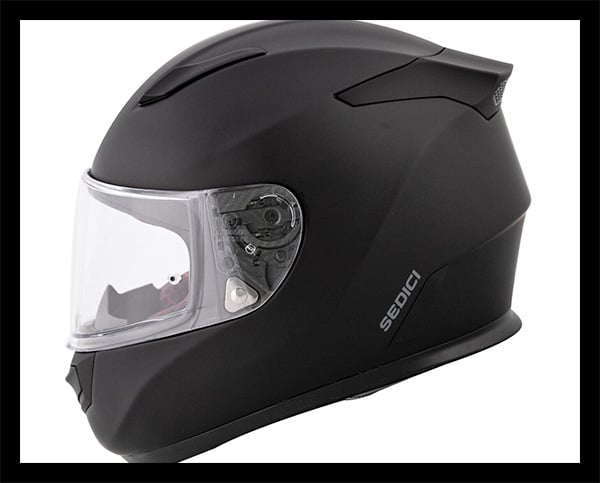
The Sedici Strada II Primo Helmet is a reliable and lightweight helmet known for its safety features and cost-effectiveness. Made with a proprietary blend of fiberglass and aramid fiber, it offers two distinct shell sizes, designed to reduce lift and turbulence due to its aerodynamics.The helmet features a dual-density EPS liner with cut-out channels for optimal ventilation, multiple intake vents, and exhaust ports. The interior is washable and removable, and the fit can be adjusted with small panels of padding at the forehead and temples. A removable chin skirt is also included.The Sedici Strada II Primo Helmet is distinguished by its Snell M2020 safety certification, in addition to meeting both DOT and SNELL M2020 safety standards.
You can check out the Prices here.
Arai XD-4
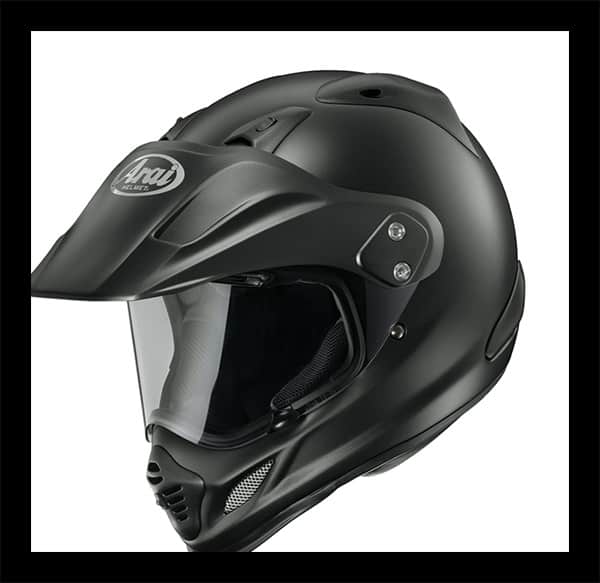
The Arai XD-4 is a versatile helmet, known for its unique three configurations – adventure, full face, and motocross. This ensures adaptability in various riding conditions. It’s highly regarded for its safety features including a fiberglass shell and multi-density polystyrene linings. The helmet holds certifications from DOT, ECE, and Snell M2020, ensuring a high standard of protection. The Arai XD-4 is also known for its comfort and excellent ventilation, which further enhance its appeal.
You can check out the Prices here.
Choosing the safest motorcycle helmet is a crucial decision that can significantly affect your safety on the road. By understanding the different safety standards, the importance of proper fitment, the role of helmet material, and the safety features to look for, you can make an informed decision. Remember, investing in a high-quality, safe motorcycle helmet is not an expense, but a lifetime investment in your safety.
FAQs
How often should I replace my motorcycle helmet?
It is generally recommended to replace your motorcycle helmet every 5 years, regardless of its condition. However, if your helmet has been involved in a crash or shows signs of damage, it is crucial to replace it immediately, as its structural integrity may be compromised.
Can I use a bicycle helmet instead of a motorcycle helmet?
While bicycle helmets offer protection for certain types of impacts, they are not designed to withstand the higher speeds and forces involved in motorcycle accidents. It is essential to wear a helmet specifically designed for motorcycle riding to ensure adequate protection.
Should I buy a used helmet?
It is generally not recommended to buy a used helmet. Helmets are designed to withstand a single impact, and even if there are no visible signs of damage, the internal structure may be compromised. Additionally, the helmet may have been exposed to environmental factors that can degrade its materials over time.
Are more expensive helmets safer?
Price alone is not a guarantee of safety. Helmets undergo rigorous testing and certification to meet safety standards, regardless of their price. It’s important to prioritize helmets that have been certified by reputable organizations and have a track record of quality and reliability.
Can I wear a helmet that has been dropped?
If your helmet has been dropped from a significant height or has experienced a hard impact, it is recommended to replace it. Even if there are no visible signs of damage, the internal structure may have been compromised, reducing its effectiveness in future accidents.
Can I customize my helmet with stickers or paint?
While personalizing your helmet can be appealing, it’s important to follow the manufacturer’s guidelines regarding customization. Applying stickers or paint improperly can damage the helmet’s outer shell and compromise its structural integrity. Always consult the helmet manufacturer’s recommendations before making any modifications.
- Winter Riding Pants Motorcycle - February 25, 2024
- Europe Motorcycle Road Trips - December 3, 2023
- Motorcycle Slang and Terminology - November 28, 2023




